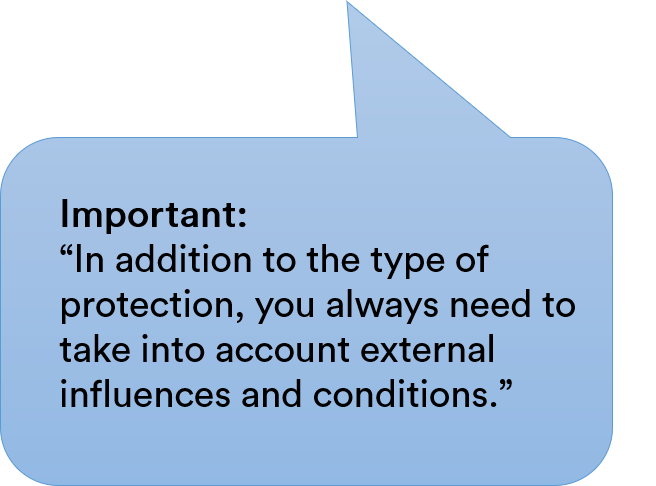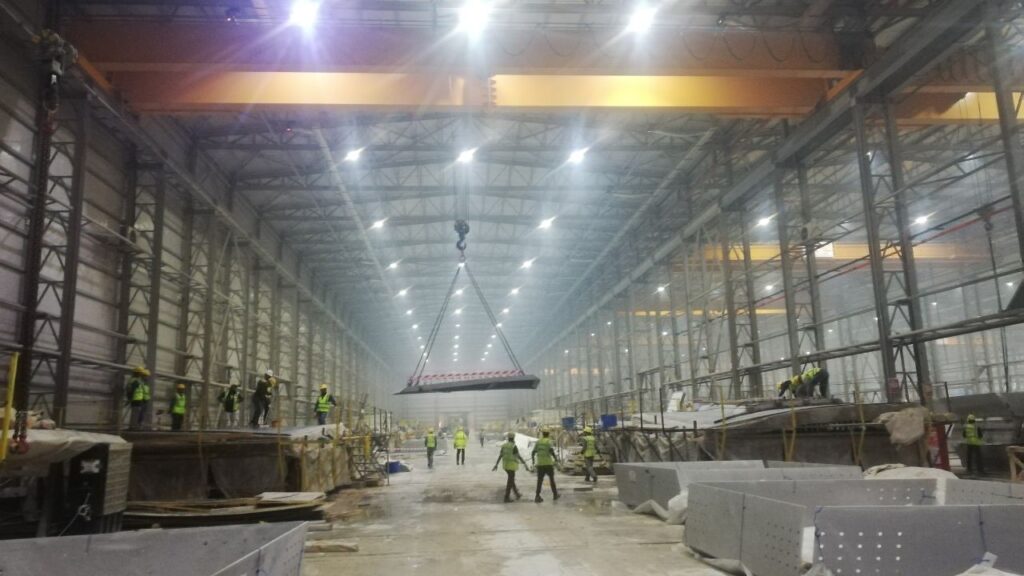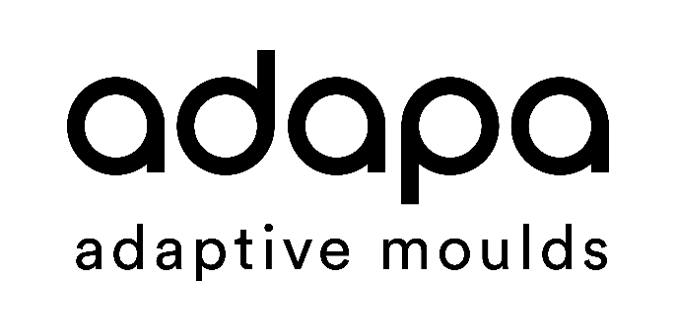IP Codes in accordance with IEC 60529
We recognize our customers need for endurable machinery
Our customers use our adaptive moulds under the influence of different environments, and we do our outmost to design and construct technological solutions that is fit for purpose. The capability to endure thousands of production cycles is one of the benefits our customers value when choosing us.
We use IP codes to validate the environmental protection
Depending on their potential exposure to foreign objects, electrical devices (e.g. luminaires, LED modules and operational equipment) must, according to IEC 60529, belong to a specific protection type. The types of protection are also called IP codes. The abbreviation IP stands for “ingress protection”. The IP codes refer only to protection against contact and the penetration of solid foreign objects and dust (marked by the first characteristic numeral of the IP code) and against the damaging ingress of water (marked by the second characteristic numeral of the IP code).
The IP codes make no reference to the effect of external influences. In addition, the types of protection must not be confused with the electrical protection classes that refer to safety measures aimed at the prevention of electric shock. The lowest type of protection is IP00, i.e. the electrical equipment is neither protected against solid foreign objects nor against the damaging penetration of water. The IP code IPXX means that the type of protection is not defined because the electrical equipment has not been subjected to testing. If the IP code is not stated, then the electrical equipment is protected in accordance with IP20.
Adapa A/S Adaptive Moulds – IP rating definition
Adapa´s Adaptive Moulds are protected with rating IP 54.
Based on our customers’ needs we often refer the IP – Code letters to be interpreted as:
5 – Dust protected
- Ingress of dust is not totally prevented, but dust shall not penetrate in a quantity to interfere with satisfactory operation of the apparatus or to impair safety
4 – Splashing of water
- Water splashing against the enclosure from any direction shall have no harmful effect (utilizing an oscillating fixture or a spray nozzle with no shield). Limited ingress permitted. If after 10minutes, the device is still working; the test is successful.


Arrangement of the IP Code
The rating consists of the letters IP followed by two digits, if a number is replaced by X this indicates that the enclosure is not rated for that specification.
IP 2 3 C H
IP – Code letters
2 – First Characteristic Numeral C – Additional Letter (Optional)
3 – Second Characteristic Numeral H – Supplementary Letter (Optional)
The first characteristic numeral of the IP code has two meanings. On the one hand, it determines how the electrical equipment is protected against the ingress of solid foreign objects (including dust). On the other hand, it also states the level of protection of persons against access to hazardous parts.
The second characteristic numeral of the IP code determines the protection of the electrical equipment against damaging effects caused by the ingress of water.

What are External Influences?
When planning and implementing electrical installations, the external influences, to which the electrical equipment is exposed during operation, must be taken into account. This involves individual consideration of each application before realization in order to define and implement corresponding safety measures.
We differentiate between various types of external influences:
- Environmental influences
- Influences resulting from use
- Influences resulting from construction
- Influences resulting from cleaning and maintenance

Examples of external influences:
Chemical influences (e.g. acids), Formation of ice, Corrosion, Mechanical impacts, Air Moisture (e.g. from Condensation), Flammable or explosive atmospheres, Aggressive constituents of rainwater (e.g. heavy metals), Contamination from birds, insects etc., Micro-organisms (e.g. mold, moss and fungi), Solar radiation (e.g. UV radiation) and extreme temperatures, Salt spray, Environmental influences such as air pollution.
The selection of suitable and potentially necessary additional safety measures requires careful and detailed assessment of all external conditions that apply at the site of operation.
Assessment of all external conditions at the site of operation:
- What external influences are there and what can be expected?
- Select adequate safety measures that are required in addition to the type of protection (covers, housings etc.)
Reproduced from IEC 60529:1989 + A1:2000. The final version is the latest issue of the original version of the standards, which can be obtained from VDE VERLAG (www.vde-verlag.de/english.html).

